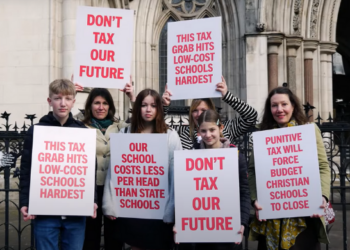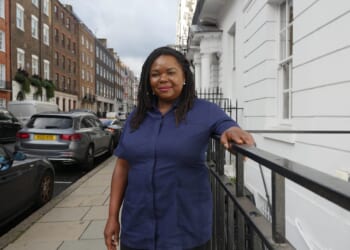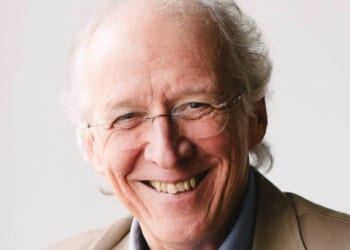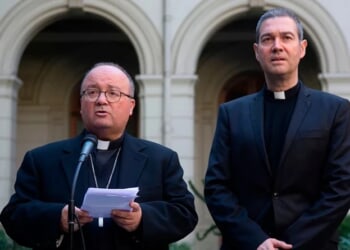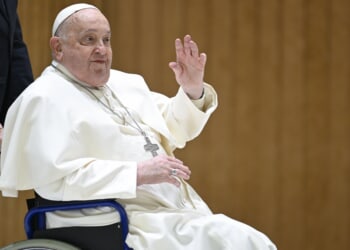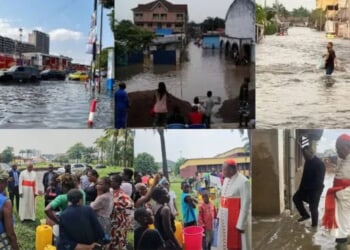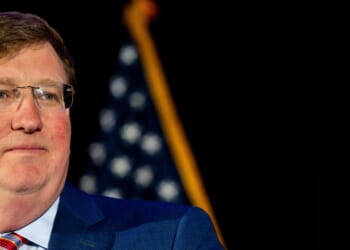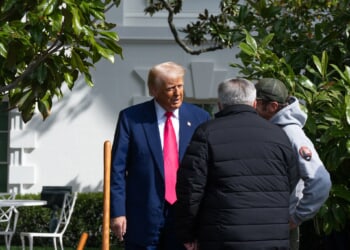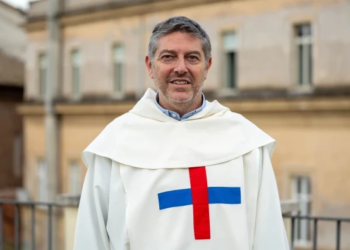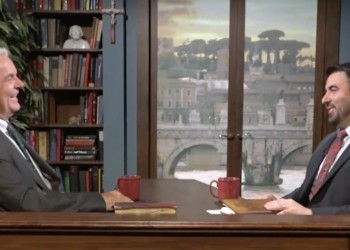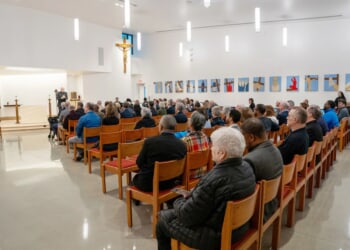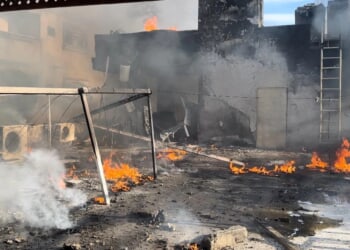CNA Staff, Apr 25, 2025 /
07:00 am
Like his predecessors, Pope Francis’ pontificate was marked not only by historic events and memorable themes but also by his personality, character, and style. A look at these more personal moments — many of them unscripted and spontaneous — reminds us that beneath the white cassock is always a man who brings his own charisms to the role.
Francis was a pope of notable firsts — the first Jesuit to be elected pope, the first pope from the Americas, and the first shepherd of the Catholic Church from outside of Europe since the eighth century. He orchestrated numerous significant first-time events — such as welcoming the Coptic Orthodox pope to speak during a general audience and to celebrate the Divine Liturgy at St. John Lateran, the Latin pope’s cathedral.
Francis was also a pope of technological firsts — the first to use video conferencing to attempt to broker peace between Ukraine and Russia, and the first to take personal phone calls in the middle of general audiences. There were reports he was the first to snap a papal group selfie, though it appears that was false. (Benedict XVI appeared in a selfie, but only after retirement.)
As the Church and the world reflect on the legacy and papacy of Francis, CNA highlights some of his more personal moments — glimpses into the man and shepherd who took the name of the best-known saint in Christendom and led the Church during difficult times.
Kissing a disfigured man
Francis constantly invited the faithful to seek out the disenfranchised and to always witness to the value of every human life, including the weakest and most vulnerable. Francis put that into practice in a particularly powerful way one day in St. Peter’s Square when he embraced and kissed an Italian man named Vinicio Riva.
Riva, who suffered from a condition called neurofibromatosis type 1, which caused disfiguring sores all over his body, told CNN that Francis didn’t hesitate to embrace him. “He didn’t have any fear of my illness,” Riva said. “He embraced me without speaking … I quivered. I felt a great warmth.”
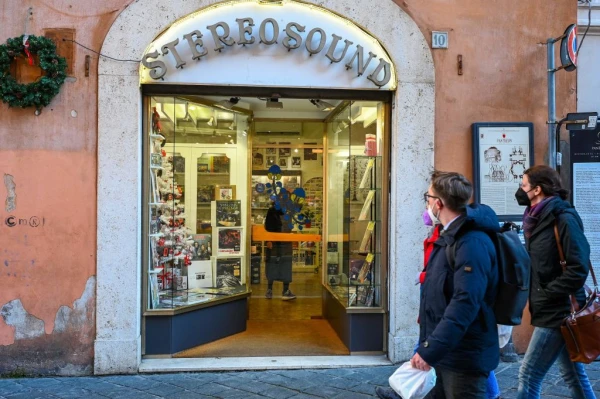
Visiting a Rome record shop
Reuters reported that on Jan. 11, 2022, Francis left his living quarters at the Vatican hoping to pay a quick visit to friends who own a small record store in Rome. The pope reportedly had visited the shop many times before he was elected, sometimes purchasing classical music records and CDs.
While there is no verification of him buying anything during his 15-minute visit as pope, a Rome Reports TV reporter happened to be in the area waiting for a taxi and spotted Francis coming out of the store. He filmed Francis with his smartphone and posted it on Twitter, where it went viral.
Later, the journalist wrote to the pope to apologize, according to the Reuters article. Francis replied that the situation was just “bad luck” and that “one should not lose one’s sense of humor.”
Clowning around
Francis had a soft spot for newlyweds. In 2013, he wore a red nose to greet a newly married couple who were volunteers at a charity that serves children through clown therapy. The image of him joking around with a clown nose spread across the globe as papal watchers remarked at how much Francis seemed to love wisecracks. The Pontifical Mission Societies even launched a #JokeWithThePope initiative in September 2013.
In fact, joy was a theme Francis liked to focus on as he called on the faithful to be joyful and not be “sourpusses.” In fact, Francis’ first encyclical was called “The Joy of the Gospel.”
Holy matrimony 35,000 feet up
(Story continues below)
Subscribe to our daily newsletter
In January 2018, while on a papal visit to Chile, Pope Francis was asked by a Catholic couple — two flight attendants on his flight — if he would bless their marriage.
The couple had been married legally but told BBC they were unable to conduct a religious ceremony because of the damage an earthquake did to their church in the Chilean capital of Santiago.
Pope Francis offered to perform a short marriage ceremony for the couple during one of their flights together. A cardinal traveling with him provided a handwritten marriage document that was signed by the newly married couple and their witness.
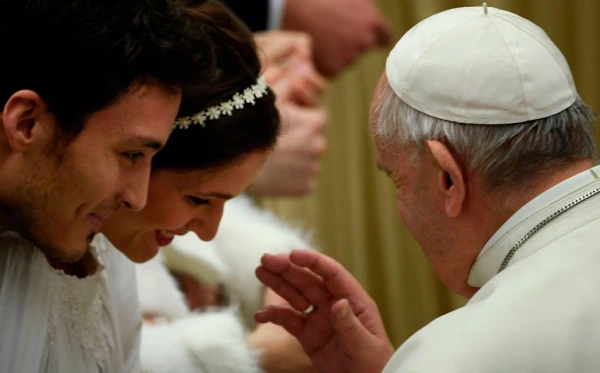
Interviewed by the homeless
Indicative of his great affection for the poor, Pope Francis granted a group of homeless and disadvantaged people the opportunity to interview him at his residence, Domus Sanctae Marthae (Casa Santa Marta).
Members of Association Lazare, a French organization whose young members help provide shelter to those without homes and jobs, asked questions gathered from impoverished persons from 80 countries. The questions included queries about his salary as pope, his favorite saint (St. Thérèse of Lisieux), and whether he used to have any girlfriends.
The questions, along with the pope’s answers, were then published in a book released in Italian, Spanish, and French on April 1, 2022, called “In dialogo con il mondo: Il Pape Risponde” (“In Dialogue with the World: The Pope Replies”).
A letter to an artisanal pasta maker
In late January 2025, ACI Prensa, CNA’s Spanish-language news partner, reported on a letter Pope Francis sent to an Italian woman named “Nunzia” who has dedicated her life to keeping alive a long-standing tradition of making orecchiette, a pasta from the Apulia region of southern Italy. Orecchiette has become a symbol of the gastronomic tradition of Bari Vecchia where many women prepare it on the streets of the historic town.
The pope, known for his love of pasta, expressed in his personal letter the importance of “keeping roots and ancient traditions alive and encouraging their integration so they can last over time.”
Moved by his letter, Nunzia said the pope’s words had “made her proud” and “given her strength.”
Personal calls of encouragement and support
Pope Francis reached out to many people by phone during his pontificate — especially those affected by illness and the death of a loved one. He called earthquake victims, the dying, and parents who had lost their children. Sometimes he made calls to encourage, to say happy birthday, or to find out more about a project or event.
One of Francis’ personal calls was to a young parish priest in Naples, Father Michele Madonna, who was organizing “Christian raves” for young people in his community. The pope was curious about this popular ministry and called to ask the priest about it.
A couple of months later, the pope called another priest from Naples — Father Maurizio Patriciello — who had been threatened by the local Mafia and needed security to go about his day. Francis wanted to encourage him.
One Christmas Day Francis also called a young husband and father in the southern Italian town of Pezze di Greco whose 41-year-old wife died of childbirth complications a week after giving birth to twins. The pope’s call was facilitated by the couple’s parish priest, who thought such a gesture would bring comfort to the grieving husband.
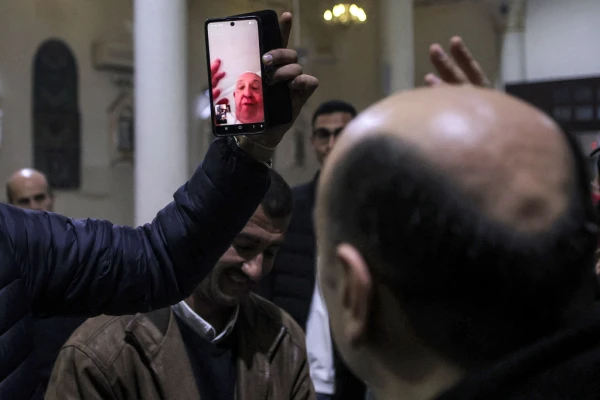
Perhaps the personal calls that made the biggest impression were the daily check-ins that Pope Francis made to Father Gabriel Romanelli, the pastor of Holy Family Parish in Gaza. Romanelli said for the past 19 months, the pope maintained constant contact with him.
“He was concerned about how we were doing, whether we had eaten, about the children,” the priest said.
Pope Francis didn’t stop calling to console them even when he was sick in the hospital for 38 days with double pneumonia.
He made his last call to the Gaza parish on Saturday night, April 19, moments before going to St. Peter’s Basilica to pray before the Easter Vigil. “He told us he was praying for us, blessed us, and thanked us for our prayers on his behalf,” Romanelli said.
Blessing the world from St. Peter’s Square when the world shut down
One of the most iconic moments of Pope Francis’ pontificate was the night he walked alone into an empty St. Peter’s Square in the rain at the beginning of the COVID-19 shutdown to deliver a blessing to the world.
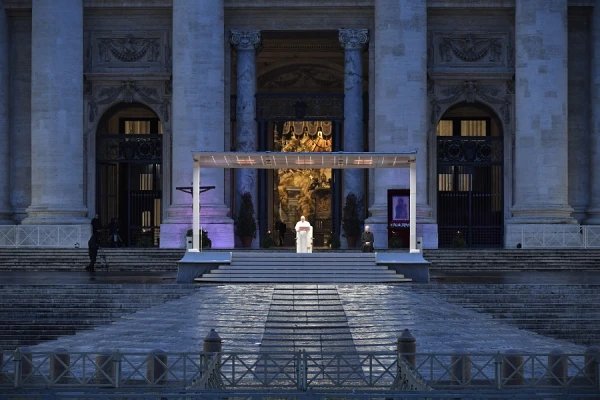
The pope’s “urbi et orbi” (“To the city and to the world”) blessing is typically reserved for Christmas Day and Easter Sunday when thousands of people flock to St. Peter’s Square to receive it. This time, however, the pope was alone, in silence, praying by faint candlelight, addressing the entire world.
Over 11 million people tuned in to watch Pope Francis deliver the hourlong blessing.
He also prayed before the “Miraculous Crucifix,” a wooden cross kept in the Church of St. Marcellus that, according to tradition, helped saved Rome from the plague in 1522.
“For weeks now it has been evening,” Francis said to the world that night. “Thick darkness has gathered over our squares, our streets, and our cities; it has taken over our lives.”
His prayer and blessing invoked God’s mercy and protection and offered words of hope to a world plunged into fear and uncertainty.




